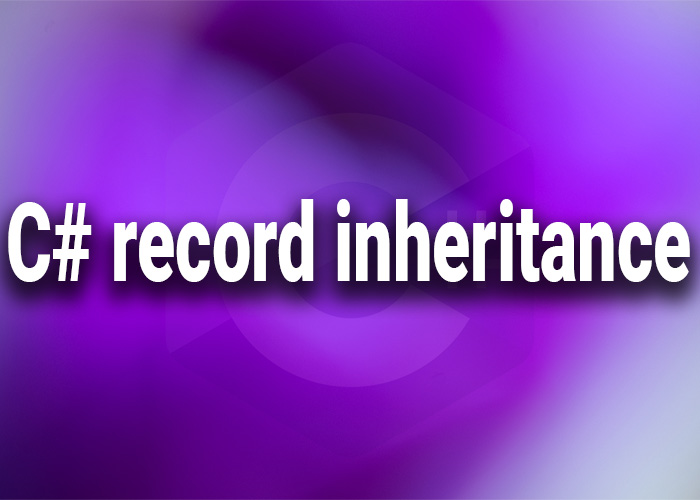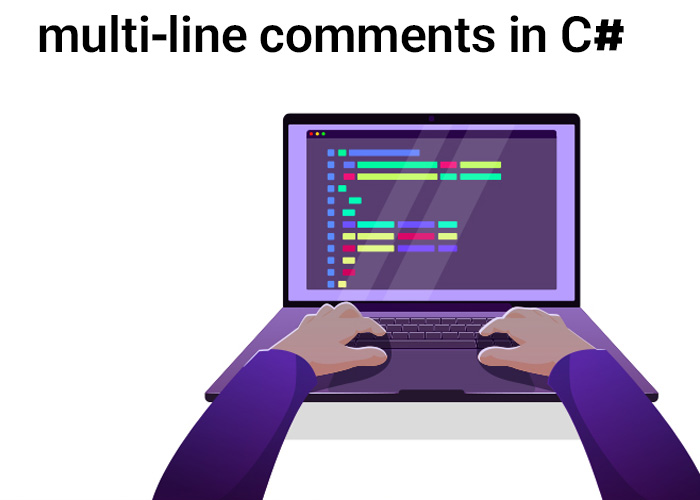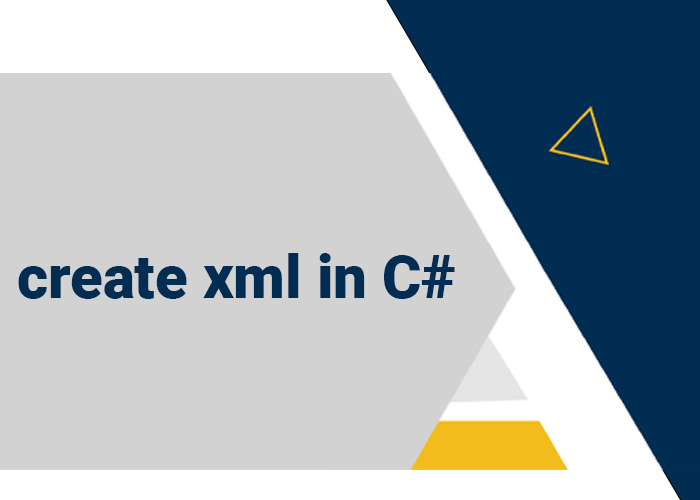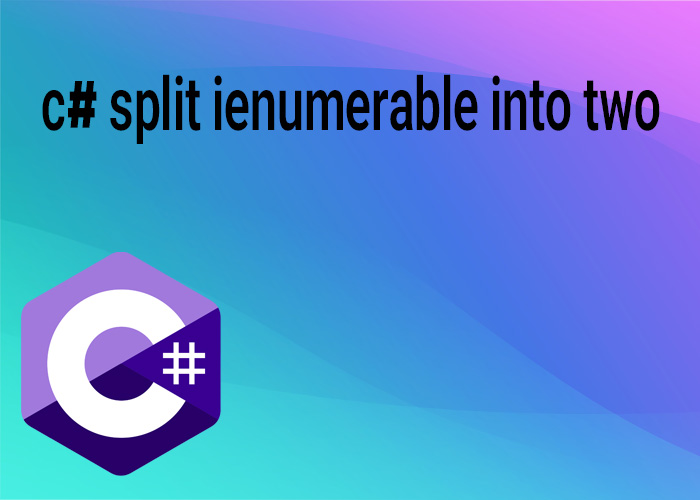Exploring Record Inheritance in C#
With the introduction of record types in C# 9.0, developers gained access to a powerful feature designed to simplify the creation of immutable data structures. One of the advanced capabilities of records is their support for inheritance, allowing records to inherit from other records or even from classes. This article will explore how record inheritance works in C#, including its syntax, behavior, and practical applications.
Understanding Record Inheritance
Record inheritance allows one record to derive from another, inheriting its properties and methods while also adding its own. This feature extends the usefulness of records in creating complex data models that require immutability and value-based equality semantics across a hierarchy of types.
Key Features of Record Inheritance
- Immutability Propagation: All properties from the base record remain immutable in the derived record, ensuring that the entire object graph is immutable by default.
- Value-Based Equality Across Hierarchy: Derived records participate in value-based equality checks that consider both the properties declared in the base record and those added in the derived record.
- Constructor Synthesis: Constructors in base records are not automatically called; you must explicitly invoke them in derived records.
Syntax of Record Inheritance
Record inheritance is similar to class inheritance but with syntax tailored for records' immutability and value semantics.
Basic Record Inheritance
Here's an example of a record inheriting from another record:
public record Person(string FirstName, string LastName);
public record Employee(string FirstName, string LastName, string Department) : Person(FirstName, LastName);
In this example, Employee extends Person, inheriting its FirstName and LastName properties and adding a Department property.
Constructors in Record Inheritance
Unlike in traditional class inheritance, constructors in records need explicit chaining to ensure that all properties are correctly initialized:
public record Person(string FirstName, string LastName);
public record Employee(string FirstName, string LastName, string Department) : Person(FirstName, LastName)
{
public Employee(string fullName, string department) : this(fullName.Split(' ')[0], fullName.Split(' ')[1], department)
{ }
}
Here, Employee includes an additional constructor that allows initialization from a full name, demonstrating how constructor chaining can be used creatively in record inheritance.
Record Inheritance from Classes
Records can also inherit from classes, but this scenario is less common because it mixes immutable records with potentially mutable classes, which can lead to design complexities.
public class Person
{
public string Name { get; set; }
}
public record Student(string Name, int Grade) : Person;
Practical Applications of Record Inheritance
Record inheritance is particularly useful in scenarios where you need to model a hierarchy of data objects that should be immutable:
- Domain Modeling: In domain-driven design, records can model entities and value objects that benefit from immutability.
- DTOs and POCOs: In layered architectures, records can effectively represent data transfer objects (DTOs) or plain old CLR objects (POCOs) that carry data across boundaries without risk of unintended modifications.
- Functional Programming: Record inheritance supports functional programming patterns by facilitating the construction of complex but immutable data structures.
Conclusion
Record inheritance in C# is a powerful feature that extends the immutability and value-based equality of records to complex hierarchical data models. By using record inheritance, developers can ensure data integrity and consistency throughout their applications, leveraging the full capabilities of C# records to create robust, immutable, and maintainable data structures. Whether building simple models or complex system architectures, understanding record inheritance is crucial for effective software design.





